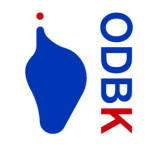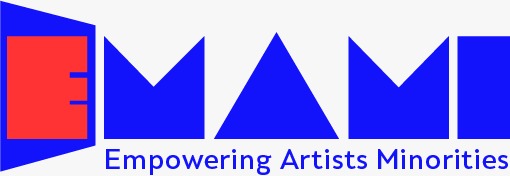What are the metrics to define a contemporary art museum or a contemporary art collection that is diverse and equal in the selection of artists and artworks?
Assessing the diversity and equity of a contemporary art museum or collection requires both quantitative and qualitative metrics, as these help gauge representation across various identity, cultural, and stylistic spectra. Here’s a framework of key metrics to consider:
1. Demographic Representation
- Gender Representation: Track the proportion of artworks by artists of different gender identities (e.g., women, men, non-binary artists). This can help ensure gender diversity in exhibitions and collections.
- Racial and Ethnic Representation: Document the racial and ethnic backgrounds of represented artists to gauge inclusivity, particularly focusing on underrepresented groups in the art world.
- Geographic Representation: Measure the diversity of artists from different regions (local, national, international) to avoid over-representation of certain countries or regions, which can skew global perspectives.
2. Content and Cultural Themes
- Range of Subject Matter and Themes: Examine the range of subject matter in the collection or exhibitions. Are there works that explore diverse cultural narratives, social issues, historical contexts, and personal experiences? Content should reflect a broad spectrum of human experience and address contemporary global issues.
- Inclusion of Marginalized Voices: Assess whether the collection includes voices from historically marginalized communities (e.g., Indigenous, LGBTQ+, disabled artists). This could be done by reviewing acquisition records, exhibition catalogues, and artist statements.
3. Exhibition and Acquisition Practices
- Exhibition Representation: Track the diversity of artists featured in both solo and group exhibitions. Pay attention to whether minority artists receive as much prominence in solo exhibitions as those from more traditionally represented groups.
- Acquisition Rates and Budgets: Evaluate acquisition rates for different demographic groups and whether budgets reflect equity goals. This might include tracking the frequency and monetary value of acquisitions for artists from underrepresented backgrounds.
- Longevity and Retention: Check if the institution retains works by diverse artists in its permanent collection, or if these are short-term acquisitions. This highlights whether diversity is a core institutional value or merely a temporary objective.
4. Representation of Artistic Styles and Mediums
- Stylistic and Medium Diversity: Include a variety of media (e.g., digital art, sculpture, installation, performance, and mixed media) and styles to avoid overemphasis on traditional or popular forms. Diverse practices, from avant-garde to vernacular art forms, enhance representation.
- Cross-Disciplinary Representation: Consider whether the collection includes interdisciplinary work, such as pieces that intersect with social practice, environmental justice, or political activism, which are common in contemporary art.
5. Engagement with Local and Global Communities
- Community Engagement and Public Programs: Measure diversity in the types of public programs and outreach initiatives, especially those that are designed to engage underrepresented or local communities. Programs like artist talks, residencies, workshops, and educational initiatives that include artists from diverse backgrounds help cultivate a more inclusive space.
- Collaborations with Diverse Institutions and Curators: Track partnerships with organizations or curators who specialize in underrepresented artists or alternative perspectives. Collaborations with museums or galleries from non-Western countries, for example, can broaden cultural representation.
6. Audience Feedback and Inclusive Practices
- Audience and Stakeholder Feedback: Regularly solicit feedback from diverse audience groups and stakeholders to gauge perceptions of inclusivity. Are audiences seeing themselves represented in the collection? Surveys and community input can provide essential insights into whether diversity goals are being met.
- Inclusive Curation and Interpretive Materials: Evaluate interpretive materials (labels, catalogues, audio guides) for bias and inclusivity. Materials should contextualize diverse artworks thoughtfully and with respect, avoiding language that may tokenize or marginalize artists.
7. Internal Equity and Accountability
- Hiring and Leadership Diversity: Examine whether the museum’s curatorial and leadership teams are diverse. Having a range of voices in decision-making roles can influence acquisition priorities and curatorial decisions.
- Policy and Accountability Measures: Track whether there are policies in place that outline specific diversity and equity goals, and whether these are followed by accountability practices, such as annual reporting on diversity metrics or public commitments to transparency.
8. Historical and Contemporary Rebalancing Efforts
- Historical Inclusion: Evaluate whether the museum revisits and rebalances its historical collections by including more artists who were previously excluded. This can involve acquiring works by overlooked artists or offering retrospectives on underrepresented figures in art history.
- Support for Emerging Artists: Analyze the support provided to emerging and underrepresented artists, such as opportunities for first-time museum representation or commissioning of new works.
Using these metrics consistently helps create a more balanced and representative contemporary art museum or collection, ensuring that diverse voices and perspectives are both seen and celebrated.

